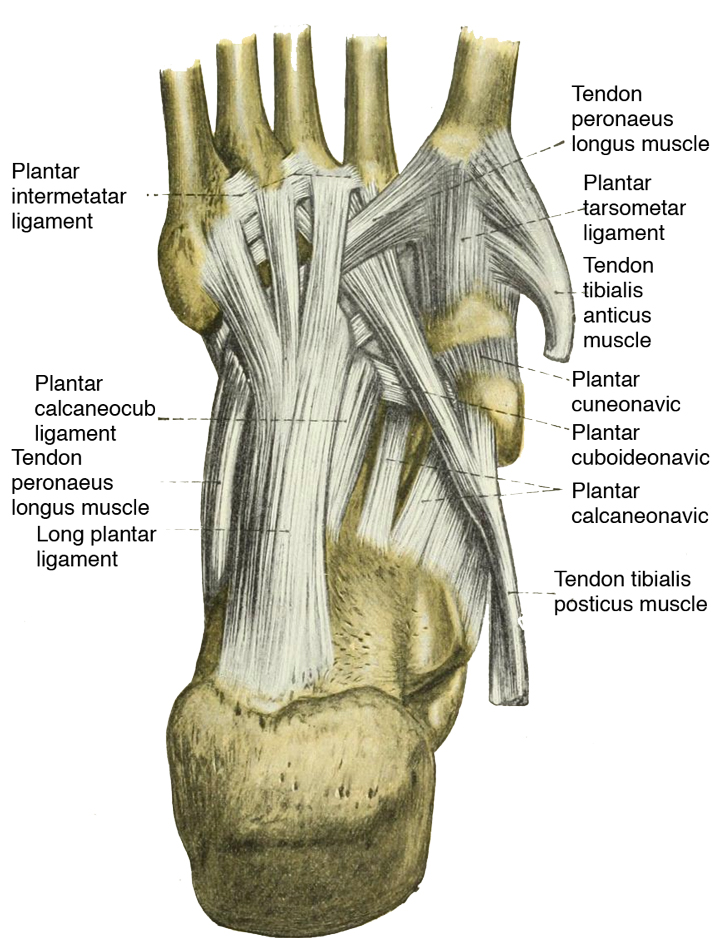
Affiliated Foot Care Center
Call 860•349•8500 or 203•294•4977

Heel Pain may be caused by Plantar fasciitis (jogger's or Dancer's heel). Plantar fasciitis is the most common injury of the plantar fascia and is the most common cause of heel pain. Approximately 10% of people have plantar fasciitis at some point during their lifetime. It is commonly associated with long periods of standing and is much more prevalent in individuals with excessive inward rolling of the foot, which is seen with flat feet.
Heel pain may be caused by Sever's Disease otherwise known as calcaneal apophysitis is an inflammation of the growth plate in the heel of growing children, typically adolescents. The condition presents as pain in the heel and is caused by repetitive stress to the heel and is thus particularly common in active children.
It may also be caused by Reactive arthritis, an autoimmune condition that develops in response to an infection in another part of the body.
Heel pain may be caused by a calcaneal spur (or heel spur), small osteophyte (bone spur) located on the calcaneus (heel bone).
We can determine the cause of your heel pain and treat it.
Heel pain is a common condition where you feel discomfort or pain when putting your weight on your heel.
There are two different types of heel pain. The first is caused by over-use repetitive stress injury where you have soreness from too much impact on your heel or a specific area of your heel. This can be caused by shoes with heels that are too low for your feet, a sudden increase in activity or your heel's fat pad may be thinned out due to other causes.
Plantar fasciitis, a very common diagnosis of heel pain, which is a biomechancial problem caused by flat feet or over pronation. The plantar fascia is a wide band of tissue that runs along the bottom surface of your foot, from the heel through the midfoot and into the forefoot. Over-pronation can cause the plantar fascia in your foot to become excessively stretched and inflamed, resulting in pain in the heel and arch areas of the foot. Often the pain you experience will be worst first thing in the morning or after a prolonged period of rest. The pain will gradually ease as you get on with your day.
To properly treat heel pain, you must absorb shock, provide cushioning and elevate your heel to transfer the pressure that causes the pain. Dr. Fostick can prescrie orthotics, heel cups and heel cradles that will absorb the pressure.
If the issue is related to plantar fasciitis, Dr. Fosdick can prescribe an orthotic with a medial posting and good arch support that will control the pronation and prevent the inflammation of the plantar fascia. Also, heel pain responds very well to EPAT treatment.